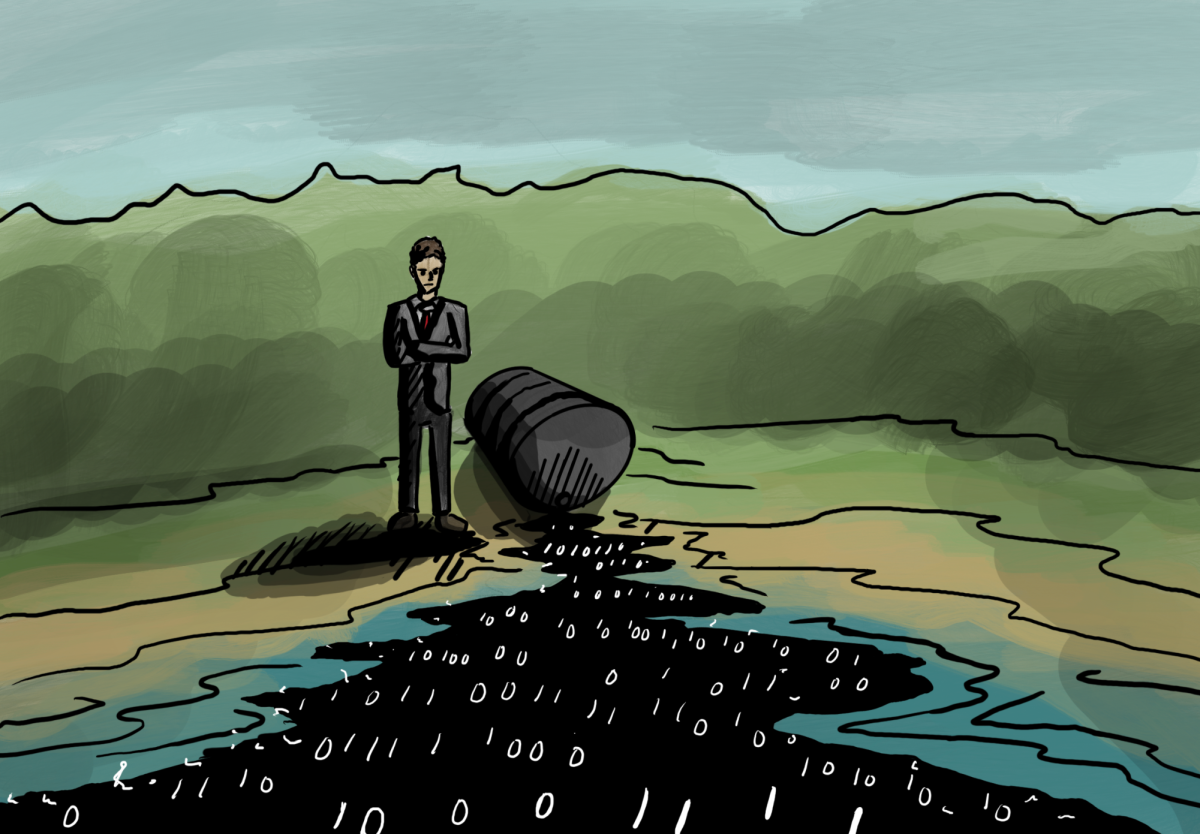At Apple’s Special Event in September, Steve Jobs made a bold statement that not only came as a surprise but also changed the way everyone views music.
In addition to announcing a new lineup of iPods, the Apple TV and High Dynamic Range photography for the iPhone, Jobs introduced iTunes 10 — complete with a new, redesigned, glowing blue musical note icon. Jobs’ rationale behind this new look was that the sale of digital media is poised to surpass that of physical CDs, and it was time to ditch the CD in the universally recognizable iTunes icon.
It seems like yesterday that I was on vacation with my family in Myrtle Beach, S.C., standing in line at Sam Goody to buy my first CD — Mariah Carey’s “Butterfly” album. There was an excitement surrounding that purchase, but because of downloads and online streaming, the process of purchasing physical discs has almost come to a standstill.
The iPod and other mp3 players have replaced Sony’s Discman as the industry standard. But though it may appear that people want to own digital copies of their favorite tunes, the future of music is online streaming.
Pandora and Grooveshark are just two examples of music streaming services that are taking the industry by storm. While streaming might appear to be a throwback to the days of radio, for people who want the ideal listening experience without having to repeatedly search, purchase, download and sync their music, streaming is the perfect outlet. Spotify, though currently only available in the United Kingdom unless you happen to find a work-around stateside, is similar to Grooveshark in that it gives users the option to select songs rather than having them predetermined for you. Spotify has been the service that has garnered the most attention, especially from Apple, because if it can make it through the Transportation Security Administration without being stripped of its immense library of artists, it would instantly become a competitor to iTunes.
People want to take their music libraries with them when they step away from their computer, and as great as iPods are, they are limited by capacity. But Grooveshark’s and Spotify’s mobile apps give audiophiles a satisfactory experience without the need for another gadget.
I’ve always advocated owning digital copies of my music and even put my fist through a wall when I accidentally deleted 30 gigabytes off my iPod, but having the ability to listen to millions of free songs on my computer and iPhone has me singing a different tune.
Andrew Weiser is a senior journalism major. E-mail him at [email protected].







